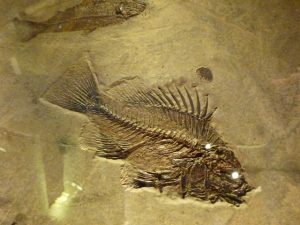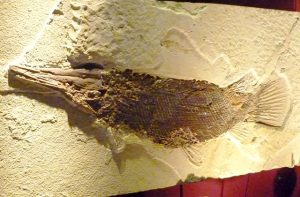In a discovery that sheds light on the development of the bodies of vertebrates, including humans, Australian scientists have discovered exquisitely preserved fossilized hearts and other internal organs of ancient armored fish.

The heart, which pumps blood through the body’s circulatory system, was described by the researchers on Thursday in placoderm fish that lived on a tropical reef around 380 million years ago, during the Devonian Period. The fossils predated all known fish hearts by 250 million years.
A critical period in the evolution of vertebrates, which include fish, amphibians, reptiles, birds, and mammals, was aided by the fossilized liver, stomach, and intestine from these placoderms.

The fossils were discovered at a location known as the Gogo Formation in the Kimberley area of Western Australia, close to the town of Fitzroy Crossing. They are extraordinary because, unlike hard objects like bones and teeth, soft tissue is seldom preserved as a fossil and even less frequently preserved in strong three dimensions, like these are, as opposed to flattened.
According to vertebrate paleontologist Kate Trinajstic of Curtin University and the Western Australian Museum, who is also the lead author of the study that was published in the journal Science, “the site is without a doubt one of the most important fossil sites in the world for understanding the early evolution of backboned animals, including the origins of the human body plan.”
Trinajstic said that placoderms, notable for their bony head and neck armor, constituted “our earliest jawed relatives.”
The newly identified fossils belong to two species with the names Compagopiscis croucheri and Incisoscutum ritchiei. They are both approximately 10 inches (25 cm) long, with large, blunt-nosed heads, asymmetrical tail fins that resemble sharks, teeth, and cutting edges in their jaws.
The heart of the placoderms was formed like an S, much like a shark’s. Similar to modern sharks and bony fish, it was situated at the front of the shoulder girdle and was made up of two chambers, one smaller on top and one bigger below. Later vertebrates have a different structure than it. Mammals and birds have a four-chambered heart, but amphibians and reptiles have a three-chambered heart.
During the Devonian, when terrestrial vertebrates diverged from fish, the heart shifted farther back.










































